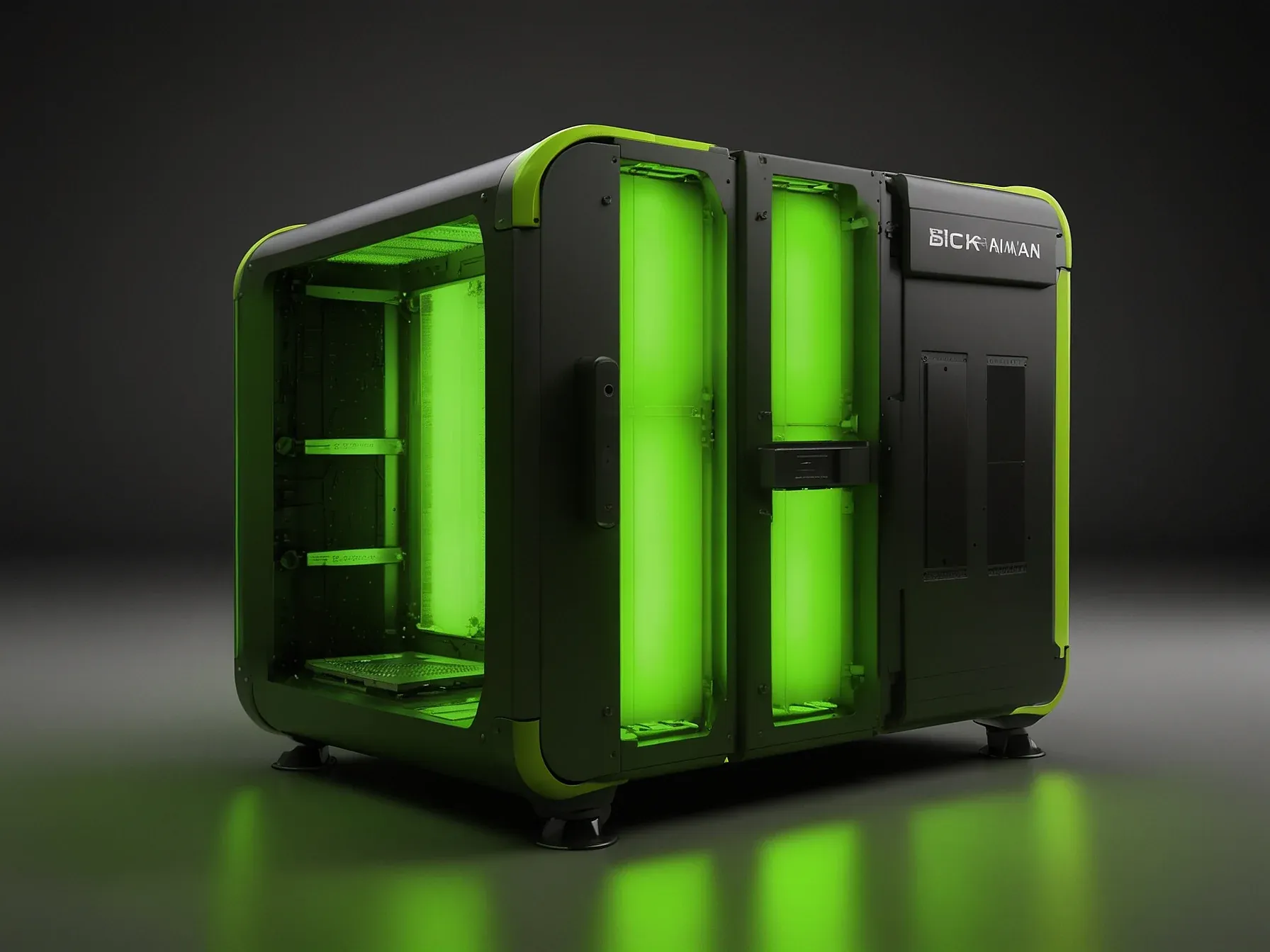
Meta's SAM 3 falters on niche technical terms and complex logical prompts
Meta’s third‑generation Segment Anything Model, SAM 3, arrived with the promise of a single system that can interpret both visual cues and textual instructions. The open‑source release sparked talk of a tool that could, in theory, handle everything from labeling satellite photos to parsing user‑generated prompts. Yet, early testing has revealed cracks in that ambition.
While the model can outline objects when given simple cues, it trips over language that stretches beyond its training set. When asked to identify items described with niche jargon or multi‑step spatial reasoning, the output becomes unreliable. This gap matters because developers looking to embed SAM 3 in specialized workflows—such as radiology pipelines or inventory management—need confidence that the model won’t misinterpret critical details.
Meta’s own response hints at a workaround: coupling SAM 3 with additional components to shore up its shortcomings.
**SAM 3 struggles with highly specific technical terms outside its training data ("zero-shot"), such as those in medical imaging. The model also fails with complex logical descriptions like "the second to last book from the right on the top shelf." To address this, Meta suggests pairing SAM 3 with mul**
SAM 3 struggles with highly specific technical terms outside its training data ("zero-shot"), such as those in medical imaging. The model also fails with complex logical descriptions like "the second to last book from the right on the top shelf." To address this, Meta suggests pairing SAM 3 with multimodal language models such as Llama or Gemini, a combination it calls the "SAM 3 Agent." Reconstructing 3D worlds from 2D images Alongside SAM 3, Meta released SAM 3D, a suite of two models designed to generate 3D reconstructions from single 2D images. SAM 3D Objects focuses on reconstructing objects and scenes.
Since 3D training data is scarce compared to 2D images, Meta applied its "data engine" principle here as well. Annotators rate multiple AI-generated mesh options, while the hardest examples are routed to expert 3D artists. This method allowed Meta to annotate nearly one million images with 3D information, creating a system that turns photos into manipulable 3D objects.
The second model, SAM 3D Body, specializes in capturing human poses and shapes.
Will SAM 3 live up to its promise? The model expands beyond fixed categories, letting users prompt with text, exemplar images, or visual cues to segment concepts across images and videos. Yet, its performance drops sharply when faced with highly specific technical terminology that falls outside its training set, such as medical imaging jargon.
Moreover, the system stumbles on intricate logical descriptions—“the second to last book from the right on the top shelf” proves elusive. Meta’s response is to pair SAM 3 with additional tools, though the effectiveness of that approach remains unclear. The open‑vocabulary ambition is evident, and the Segment Anything Playground offers a hands‑on way to explore the model’s capabilities.
Still, the gaps in zero‑shot understanding raise questions about practical deployment in specialized domains. Users may find the flexibility useful for general‑purpose tasks, but the current limitations suggest caution before relying on SAM 3 for precision‑critical applications. Further testing will reveal whether the suggested integrations can bridge these shortcomings.
Further Reading
Common Questions Answered
Why does Meta's SAM 3 struggle with highly specific technical terms like those in medical imaging?
SAM 3 was trained on a broad but limited dataset and lacks exposure to niche vocabularies such as medical imaging jargon. Consequently, its zero‑shot performance drops when encountering these specialized terms, leading to inaccurate or missing segmentations.
What kinds of complex logical prompts cause failures in SAM 3, and can you give an example?
The model falters on multi‑step spatial reasoning tasks that require interpreting layered instructions. For instance, the prompt "the second to last book from the right on the top shelf" confuses SAM 3, resulting in incorrect or incomplete object segmentation.
How does Meta propose to improve SAM 3's limitations with technical terminology and logical descriptions?
Meta suggests coupling SAM 3 with multimodal language models such as Llama or Gemini, forming what they call the "SAM 3 Agent." This hybrid approach leverages the language model's reasoning abilities to complement SAM 3's visual segmentation strengths.
What is the relationship between SAM 3 and the newly released SAM 3D suite?
SAM 3D is a companion suite that extends SAM 3's capabilities to reconstruct three‑dimensional worlds from two‑dimensional images. While SAM 3 focuses on segmenting objects based on textual or visual cues, SAM 3D adds depth estimation and 3D modeling to the workflow.




